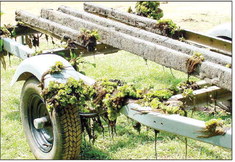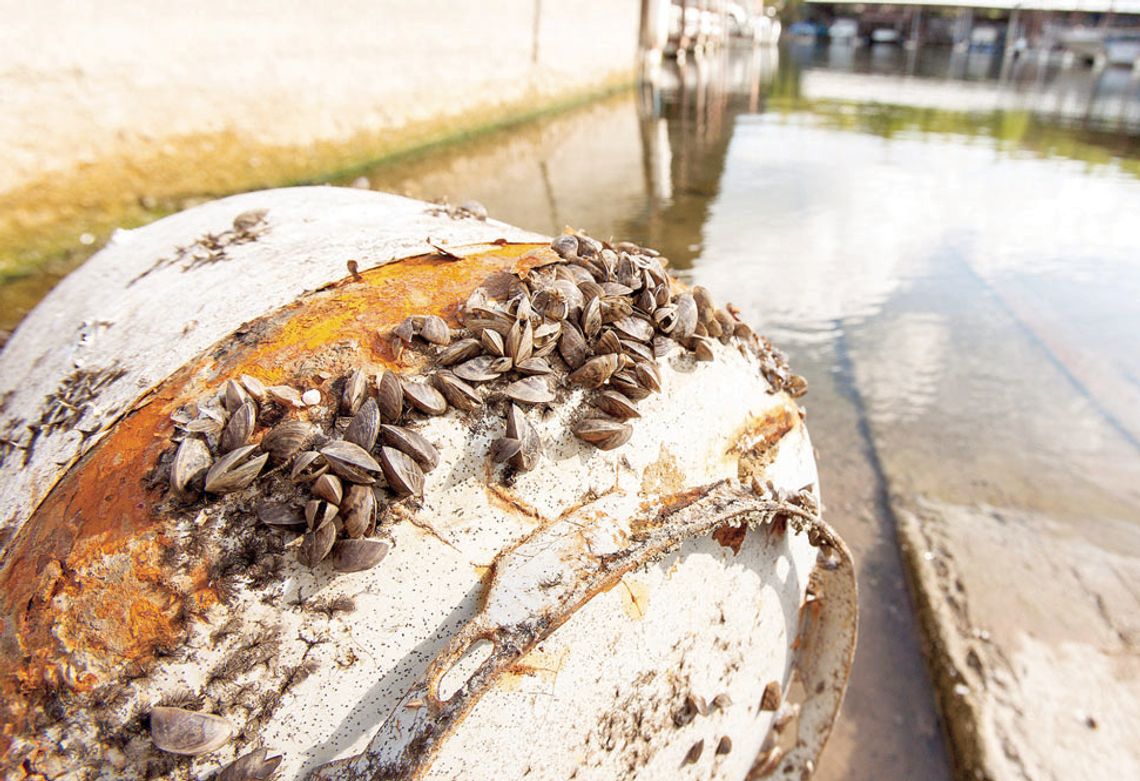As Texans prepare to hit the water for Memorial Day and the start of summer, the Texas Parks and Wildlife Department is reminding boaters to “clean, drain and dry” their watercraft to help stop the spread of invasive aquatic species.
“Memorial Day weekend is the unofficial kick-off to boating season in Texas,” said Brian Van Zee, TPWD Inland Fisheries regional director. “While we want everyone to have a great time, we also want them to avoid giving free rides to invasive species and helping them travel to new lakes.”
Zebra mussels and giant salvinia remain two of the biggest threats to Texas lakes, but other invasives — including water hyacinth, quagga mussels and yellow floating heart — are also on the agency’s radar.
Zebra mussels, now present in 38 Texas lakes across seven river basins, can damage boats, clog water infrastructure and litter shorelines with sharp shells. Giant salvinia, an aggressive floating fern, can double in size in a week and create dense mats that block access for fishing, boating and swimming.
By law, boaters in Texas must drain all water from their vessels and onboard containers — including bait buckets — before leaving or approaching a freshwater lake.
They must also remove any visible plant material from boats and trailers.
TPWD urges boaters to follow three simple steps: remove plants, mud and debris; drain all water; and allow boats and gear to dry completely before visiting another lake.
The department recommends drying equipment for at least a week when possible.
“If a boat has been stored in the water at an infested lake, it’s likely carrying invasive species,” said Monica McGarrity, TPWD senior scientist for aquatic invasive species.
“Taking just a few minutes to clean, drain and dry boats can make a huge difference.”
Boaters who spot invasive species on watercraft or equipment being moved, or who find zebra mussels in a new lake, are encouraged to report sightings to TPWD at (512) 389-4848 or email photos and location information to [email protected].
More information, including an instructional video, is available at tpwd. texas.gov/StopInvasives.







.png)
